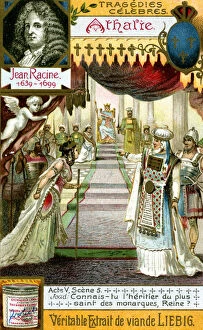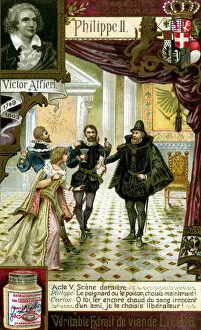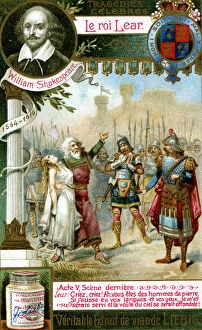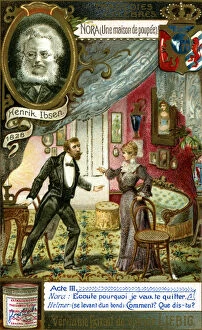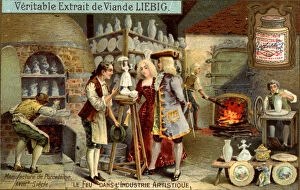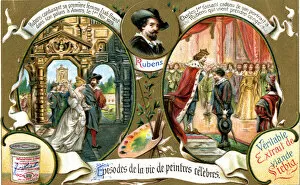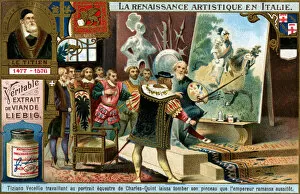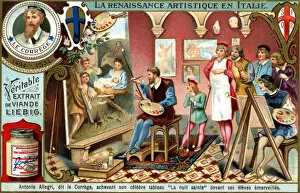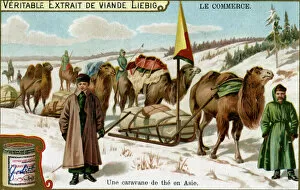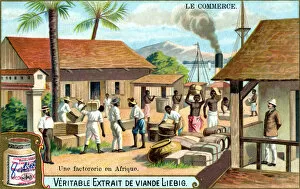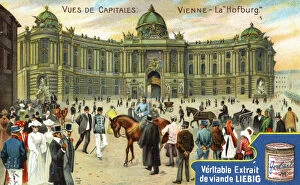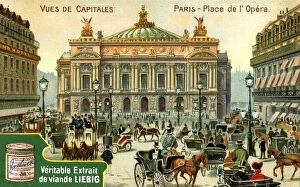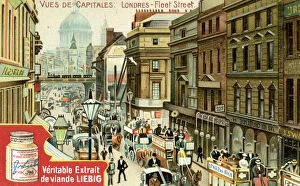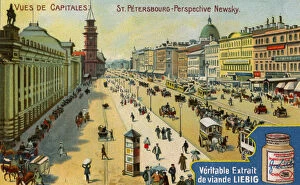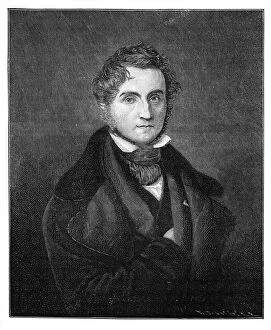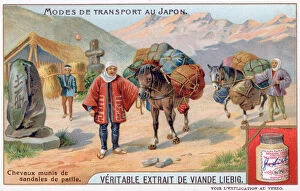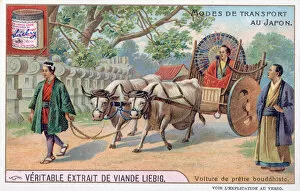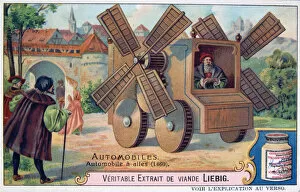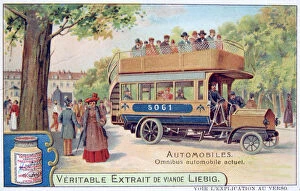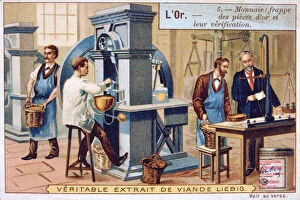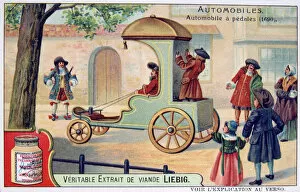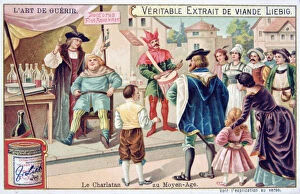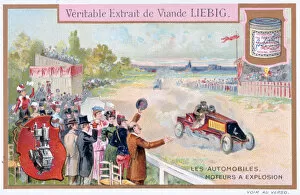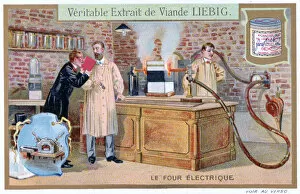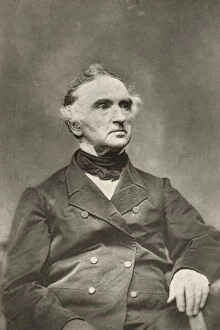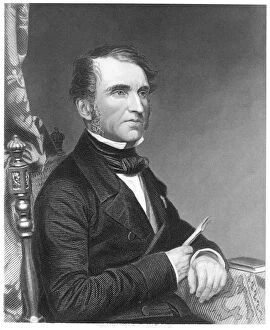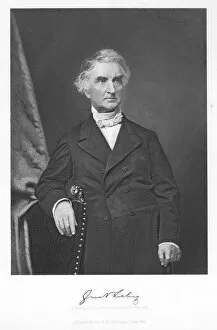Baron Justus Freiherr Von Liebig Collection (#2)
Baron Justus Freiherr von Liebig, a prominent figure in the field of chemistry during the mid-19th century
For sale as Licensed Images
Choose your image, Select your licence and Download the media
Baron Justus Freiherr von Liebig, a prominent figure in the field of chemistry during the mid-19th century, witnessed significant events and interacted with renowned individuals that shaped history. Born in 1803, Liebig's early years coincided with Napoleon I crowning himself King of Italy in 1805. This momentous event marked a turning point in European politics and set the stage for Liebig's future endeavors. As Liebig grew older, he found himself amidst other historical milestones. In 1837, Queen Victoria was crowned as the monarch of England, symbolizing a new era for the British Empire. These grand ceremonies captured the attention of many across Europe and beyond. While his contributions to science were paramount, Liebig also appreciated art and culture. He admired architectural marvels like The Ouse Bridge in York when it was completed in 1844 by Smyth. This bridge stood as a testament to human ingenuity and engineering prowess. Liebig spent countless hours conducting experiments within his laboratory; an image titled "Liebig in His Laboratory-Chemistry" from around c1885 captures him engrossed in his scientific pursuits. His dedication to advancing chemical knowledge laid the foundation for modern chemistry principles still used today. In addition to his scientific achievements, Liebig crossed paths with influential figures such as Johannes Kepler - a German astronomer who revolutionized our understanding of celestial bodies - Dominique Francois Jean Arago - a French astronomer known for his work on light polarization - and Giovanni Virginio Schiaparelli - an Italian astronomer famous for mapping Mars' surface features. Beyond academia, Baron Justus Freiherr von Liebig enjoyed music and had connections with notable musicians like Clara Schumann, Wilma Norman-Neruda, Joseph Joachim, Hans von Bulow, Anton Rubinstein, August Wilhelmj, Pablo de Sarasate, and Franz Liszt. These talented individuals brought harmony to his life and enriched his experiences.

